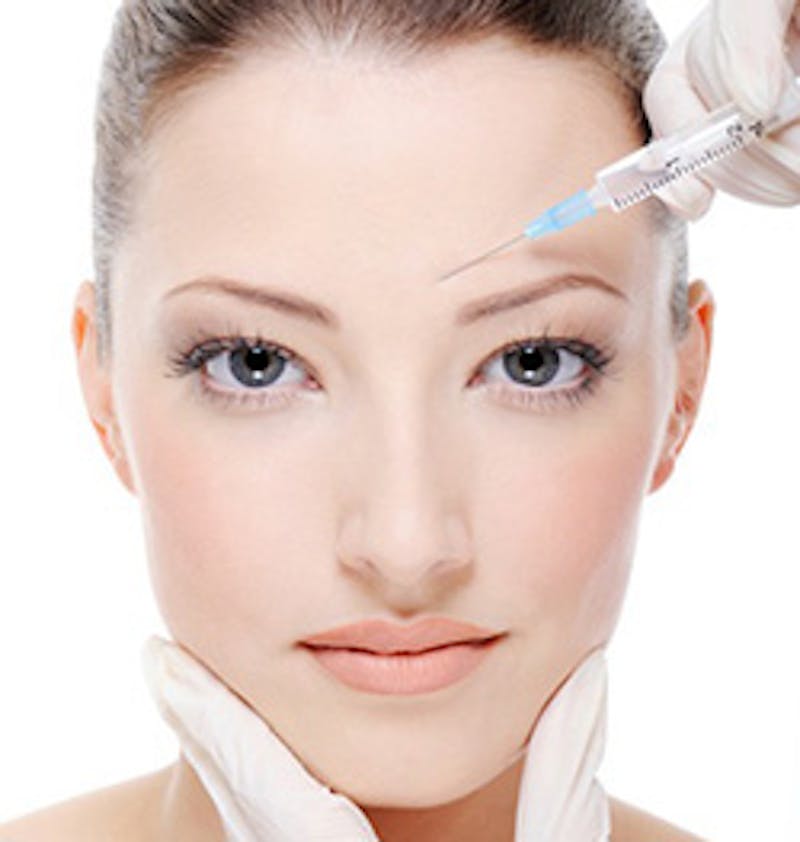
When people hear the words “Botox injections,” most of them immediately tend to think of wrinkle removal, lip plumping and liquid facelift. However, there are actually far more uses for this non-invasive form of cosmetic treatment than meet the eye.
Migraine Treatment
Patients who suffer from migraine attacks know just how debilitating they can be. As a result, they will be pleased to know that there may be light at the end of the tunnel in the form of regular Botox injections. The treatments are usually administered directly into the head and neck areas approximately every three months to help prevent the onset of regular attacks. In 2012, the Journal of the American Medical Association found that this was in fact an effective treatment for migraine sufferers who experienced the condition for more than 15 days a month.
Urinary Incontinence
As much as 20% of the world’s population over the age of 40 suffers from the embarrassment of this condition. A study done in 2012 that had its results published in the European Urology Journal noted that administering Botox injections directly into the wall of the bladder helped to reduce instances of incontinence as well as the amount of times that the patient had to pass urine. Patients experience up to a six fold improvement in the condition; however, the injections do need to be administered every six months.
Bell’s palsy and Other Muscle-Related Conditions
It has been proven that these injections can have a positive effect on lower limb spasticity in children and adults who suffer from cerebral palsy as well as adults who suffer from muscle spasms related to having a stroke. With Bell’s palsy, the treatment works by relaxing the facial muscle so that the drooping is not as evident and it helps to prevent the contracting and twitching of muscles in sufferers of cerebral palsy and even multiple sclerosis in some cases.
Eye-Related Conditions
Patients who suffer from eye twitching, spasms and eve varying degrees of squinting can also benefit from having this treatment performed on a regular basis. In people with strabismus (crossed eyes), Botox injections are administered directly into the affected eye in an effort to relax the muscles responsible for the squinting and in most cases, this enables the eyes to re-align correctly. As with many other Botox-related treatments, it is recommended that it be carried out every six months so that patients can benefit fully.
Excessive Perspiration
Alternatively known as hyperhidrosis, this condition can cause severe embarrassment in sufferers. In cases like these, the treatment works by disabling the sweat glands temporarily in the affected areas, helping to reduce the amount of perspiration substantially. Although that particular treatment has only received approval to be used in the armpits at present, it may sometimes be administered elsewhere if a doctor deems it necessary or beneficial to the patient.
While there may be other uses for Botox injections as well, patients may need to exercise caution when using them for treatments that have not yet received FDA approval. However, the above mentioned treatment options have helped thousands of patients to enjoy a vastly improved quality of life.





